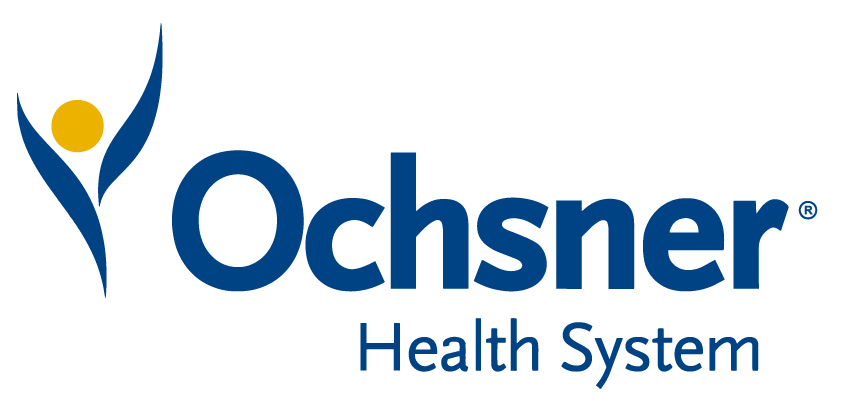

As health systems navigate increasing surgical demand and financial pressures, hospitals must optimize operating room (OR) utilization and align case volumes across inpatient and ambulatory surgery center (ASC) settings to achieve strategic growth and financial sustainability. This presentation showcases RUSH’s transformative approach to: right-sizing block allocation, driving surgeon engagement and excitement, optimizing OR access, and strategically leveraging ASCs to align case complexity with the appropriate surgical setting.
Sam Davis and Rose Andron will demonstrate how leveraging data-driven strategies and collaborative stakeholder engagement can overcome longstanding OR challenges. They will share insights on implementing a roadmap for OR optimization and strategic block allocation, ensuring OR time is aligned with high-growth service lines, evolving surgical trends, and financial performance metrics across multiple surgical sites.
Key Results Achieved:





Take the first step towards unlocking capacity, generating ROI, and increasing patient access.